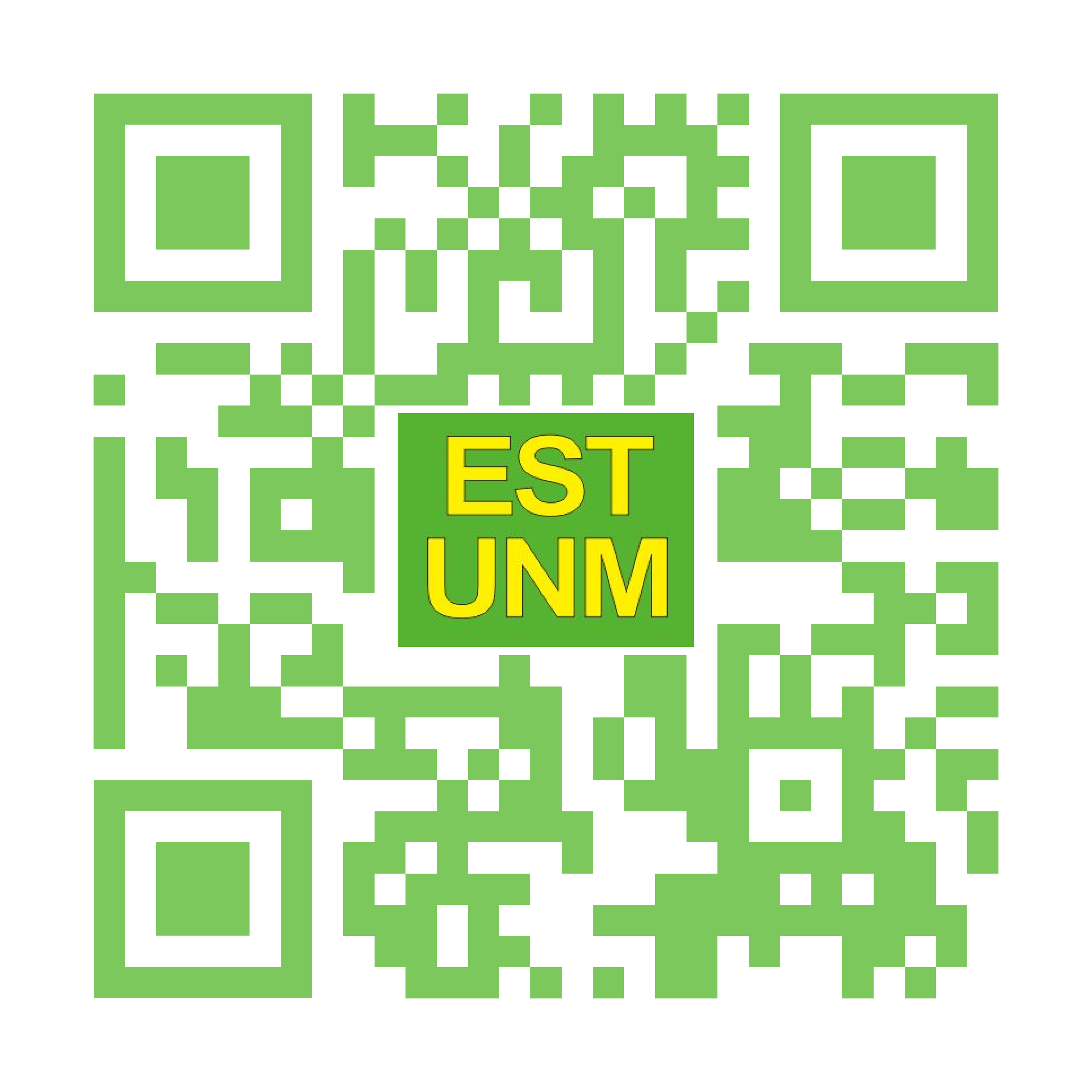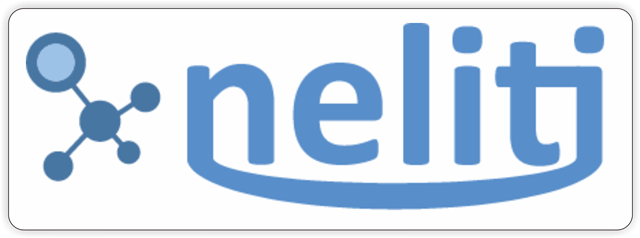A Preliminary Study Strategy on Development of Personalized Education Tool Using Joint Requirement Planning Technique
(1) UIN Ar-Raniry Banda Aceh
(2) State Islamic University (UIN) Ar-Raniry Banda Aceh, Indonesia
(*) Corresponding Author
DOI: https://doi.org/10.26858/est.v1i1.7110
Abstract
Involving a number of the prospective system user and applying various techniques to discover user requirements are fundamental in software engineering. This paper briefly reports upon the inceptive phase of software development life cycle (SDLC) that aimed to assemble potential user’s recommendation in developing educational purposed application for the mobile system. The conducted study implemented Joint Requirement Planning (JRP) technique to substitute individual interview which spends a huge effort in time and cost. This small-scale research entangled 45 students of Vocational Information Technology at State Islamic University Ar-Raniry Banda Aceh Indonesia, whose acquaintance with both software engineering and pedagogical knowledge. They were entreated in observing eight selected applications that exist on the market. The software packages were utilized as a role model for developing a future personalized education tool (PET) system. The students’ experience during JRP session then were qualitatively analyzed using QDA Miner to draw a recommendation for creating a better personal learning software. This study found that the explored applications were insufficient to fulfill students’ needs, therefore the main outcome of this research expounds user requirements that will be used to design a better tool in supporting formal learning i.e. variety learning activities, incomplex navigation, and adaptable system.
Keywords
Full Text:
PDFReferences
Bentley, Lonnie D and Whitten, Jeffrey L. (2007). Systems Analysis and Design for the. Global Enterprise, 7 th. Edition, International Edition.
Carver, J., Jaccheri, L., Morasca, S., & Shull, F. (2004, September). Issues in using students in empirical studies in software engineering education. In Software Metrics Symposium, 2003. Proceedings. Ninth International (pp. 239-249). IEEE.
Dagger, D., Wade, V., and Conlan, O. 2004. Developing Active Learning Experiences for Adaptive Personalised eLearning. Paper presented at the 2nd International Workshop on Authoring Adaptive and Adaptable Educational Hypermedia.
Glahn, C., Specht, M., Koper, R., 2007, Smart indicators on learning interactions. In: E. Duval, R. Klamma, M. Wolpers (eds.) Creating new learning experiences on a global scale. LNCS, vol. 4753, (Berlin, Heidelberg: Springer), pp. 56-70. Cited in Verpoorten, D., Glahn, C., Kravcik, M.,Ternier, S., & Specht, M., 2009, Personalisation of Learning in Virtual Learning Environments. In U. Cress, V. Dimitrova & M. Specht (Eds.), Lecture Notes in Computer Sciences, Vol. 5794. (Berlin, Germany, Springer-Verlag), pp. 52-66.
Jia, J., & Zhang, B. (2018). Design Guidelines for Mobile MOOC Learning — An Empirical Study. Springer International Publishing. http://doi.org/10.1007/978-3-319-94505-7
Junus, F. (2017). The Role of Personalized Education Tools in Computer Programming Learning. In: 3rd International Conference on Education. [online] Kuala Lumpur: TIIKM, pp.92-98. Available at: https://doi.org/10.17501/icedu.2017.3110
Keele, S. (2007). Guidelines for performing systematic literature reviews in software engineering. In Technical report, Ver. 2.3 EBSE Technical Report. EBSE. sn.
Kitchenham, B. A., Pfleeger, S. L., Pickard, L. M., Jones, P. W., Hoaglin, D. C., El Emam, K., & Rosenberg, J. (2002). Preliminary guidelines for empirical research in software engineering. IEEE Transactions on software engineering, 28(8), 721-734.
Kitchenham, B. A., Budgen, D., & Brereton, O. P. (2011). Using mapping studies as the basis for further research–a participant-observer case study. Information and Software Technology, 53(6), 638-651.
Luksha, P., and Peskov, D., 2014, Future Agendas for Global Education. Executive Summary. Date of access: 16/10/2016. http://edu2035.org/pdf/GEF.Agenda_eng.pdf.
Mikroyannidis, A., Okada, A., Little, S. and Connolly, T., 2011, Supporting the collaborative adaptation of Open Educational Resources: The OpenScout Tool Library. In: ED-MEDIA 2011: World Conference on Educational Multimedia, Hypermedia & Telecommunications, Lisbon, Portugal, 27 June - 1 July, pp.3734-3739
Peffers, K., Tuunanen, T., Rothenberger, M. A., & Chatterjee, S. (2007). A design science research methodology for information systems research. Journal of management information systems, 24(3), 45-77.
Phases of System Development Life Cycle, http://oer.nios.ac.in/wiki/Phases_of_System_Development_Life_Cycle, 2017.
Runeson, P., & Höst, M. (2009). Guidelines for conducting and reporting case study research in software engineering. Empirical software engineering, 14(2), 131.
Runeson, P., Host, M., Rainer, A., & Regnell, B. (2012). Case study research in software engineering: Guidelines and examples. John Wiley & Sons.
Sjøberg, D. I., Hannay, J. E., Hansen, O., Kampenes, V. B., Karahasanovic, A., Liborg, N. K., & Rekdal, A. C. (2005). A survey of controlled experiments in software engineering. IEEE transactions on software engineering, 31(9), 733-753.
Valtonen, T., Hacklin, S., Dillon, P., Vesisenaho, M., Kukkonen, J., & Hietanen, A. (2012). Computers & Education Perspectives on personal learning environments held by vocational students, 58, 732–739. http://doi.org/10.1016/j.compedu.2011.09.025
Article Metrics
Abstract view : 591 times | PDF view : 67 timesRefbacks
- There are currently no refbacks.
Copyright (c) 2018 Fadhla Binti Junus

This work is licensed under a Creative Commons Attribution-NonCommercial 4.0 International License.
Editorial Office
Journal of Educational Science and Technology
Graduate Program Universitas Negeri Makassar
 |
| Jl Bonto Langkasa Gunungsari Baru Makassar, 90222 Kampus PPs UNM Makassar Gedung AD Ruang 406 Lt 4, Indonesia | |||
| jurnalestunm@gmail.com | est.journal@unm.ac.id | |||||
| https://ojs.unm.ac.id/JEST/index | |||||
| 085299898201 (WA) | |||||
EST Index by:

























